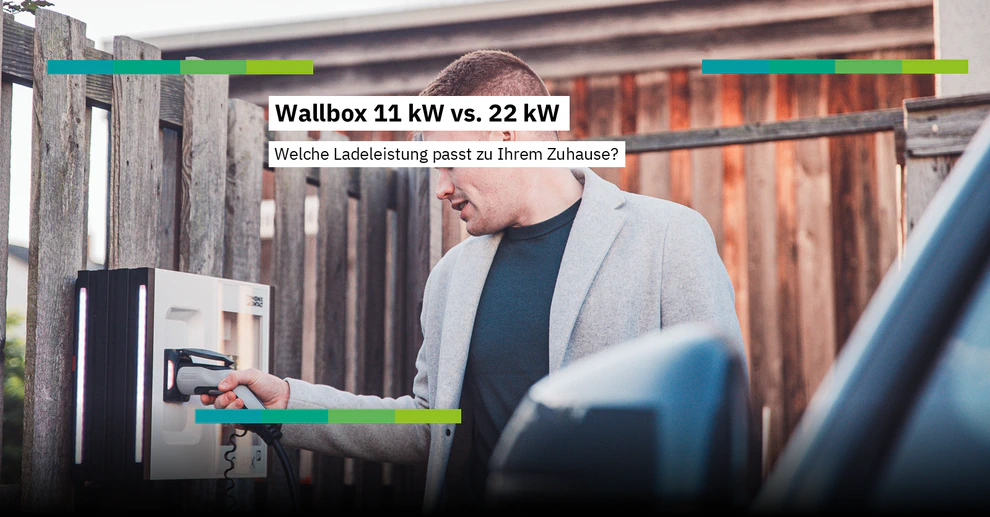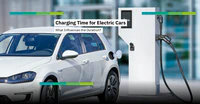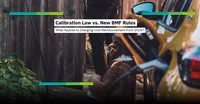Choosing between an 11 kW and a 22 kW Wallbox for home charging your electric car can be challenging. In this post, we highlight the differences, pros and cons, and key factors to consider when choosing the right Wallbox for your home.
By the way, since you are here on the Charge Repay Service website from Phoenix Contact : The Charge Repay Service enables charging the company car at the home Wallbox. Any Wallbox can be authorized for legally compliant billing through the service. Accordingly, both 11 kW and 22 kW Wallboxes can be billed through the Charge Repay Service.
Charging Power and Speed: What’s the Difference?
The difference between an 11 kW and a 22 kW Wallbox lies in the charging power and speed.
- 11 kW Wallbox: Typically charges your electric car fully within 4 to 6 hours. Ideal for overnight charging.
- 22 kW Wallbox: Charges twice as fast, in about 2 to 3 hours. However, many electric cars cannot fully utilize this charging power.
For most individuals, an 11 kW Wallbox is sufficient as it provides enough charging power overnight. A 22 kW Wallbox is more suitable for commercial applications or for users who need very short charging times. If you want to use fast charging for a vehicle, you need a DC charging station with power up to 300 kW. However, this is very uncommon in the private sector.
Download our charge@home Guide now!
Our guide highlights the requirements for a home charging solution and explains what is needed to use it for legally compliant billing of company cars. Learn more about the installation of wallboxes, legal frameworks, and efficient billing solutions for home charging.
REQUEST GUIDE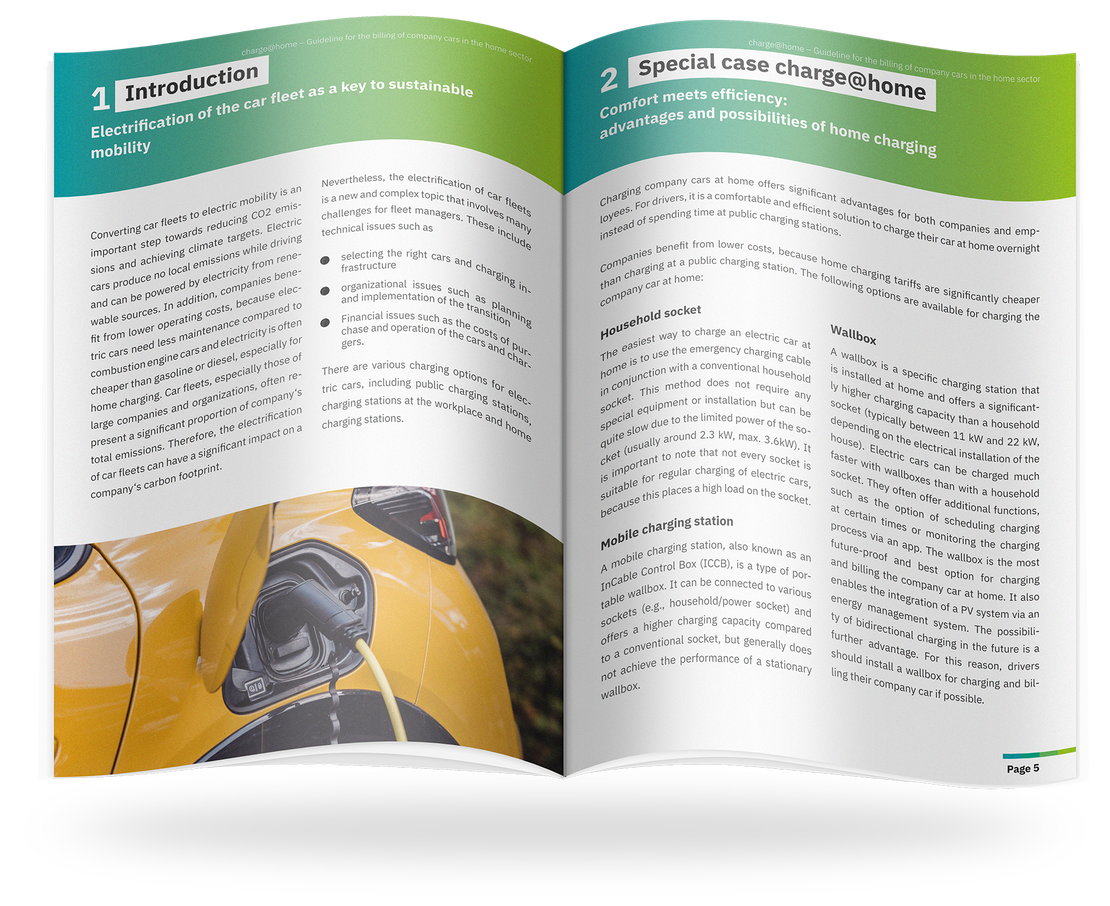
Compatibility: Does the Wallbox Fit Your Car?
The compatibility of a Wallbox with your electric car is a crucial factor when choosing between an 11 kW and a 22 kW Wallbox. Here are some important points to consider:
- Maximum Charging Power of the Vehicle: Not all electric cars can utilize the full power of a 22 kW Wallbox. Many models are limited to a maximum charging power of 11 kW for AC charging. This means that a 22 kW Wallbox offers no additional advantage in terms of charging speed if your car only supports 11 kW.
- Charging Cable: The charging cable must also be designed for the higher charging power. A cable that only supports 11 kW will limit the charging speed to this value, even if the Wallbox could deliver 22 kW.
- House Connection: A 22 kW Wallbox requires a higher connection power and must be approved by the network operator. It is important to ensure that your house connection can provide this power. For an 11 kW Wallbox, only a registration, but no approval is necessary.
Which Wallbox is Right for Your Home?
For most households, an 11 kW Wallbox is sufficient. It provides enough charging power for daily needs and is compatible with most electric cars. A 22 kW Wallbox is only worthwhile if you have a vehicle with a very large battery (e.g., 100 kWh+) and charging time is crucial.
A 22 kW Wallbox is not necessary in most cases, as most electric vehicles only support a charging power of 11 kW. The scenario where a driver comes home with an empty vehicle and wants to drive more than 300 km again after 3 hours will practically not occur.

Charging Time: How Long Does It Take to Charge?
- 11 kW Wallbox: A car with a 58 kWh battery is fully charged in about 4 to 6 hours.
- 22 kW Wallbox: The charging time is theoretically halved, but only if the car supports the 22 kW charging power.
Bureaucratic Effort: What Do You Need to Consider?
There are some important differences in bureaucratic effort between an 11 kW and a 22 kW Wallbox:
- Registration vs. Approval: An 11 kW Wallbox only needs to be registered with the network operator. This is a simple process where you inform the network operator about the installation. A 22 kW Wallbox, on the other hand, requires approval from the network operator. This approval can be denied if the house connection cannot handle the additional load.
- Network Connection: For a 22 kW Wallbox, the network connection often needs to be upgraded, which means additional costs and time. For an 11 kW Wallbox, such measures are usually not necessary.
- Installation Requirements: Installing a 22 kW Wallbox can be more complex and requires larger dimensioned cables in your electrical installation. This can increase installation costs and extend the process.
An 11 kW Wallbox is associated with less bureaucratic effort and is easier to install. A 22 kW Wallbox offers faster charging times but requires more approvals and possibly additional adjustments to the house installation.
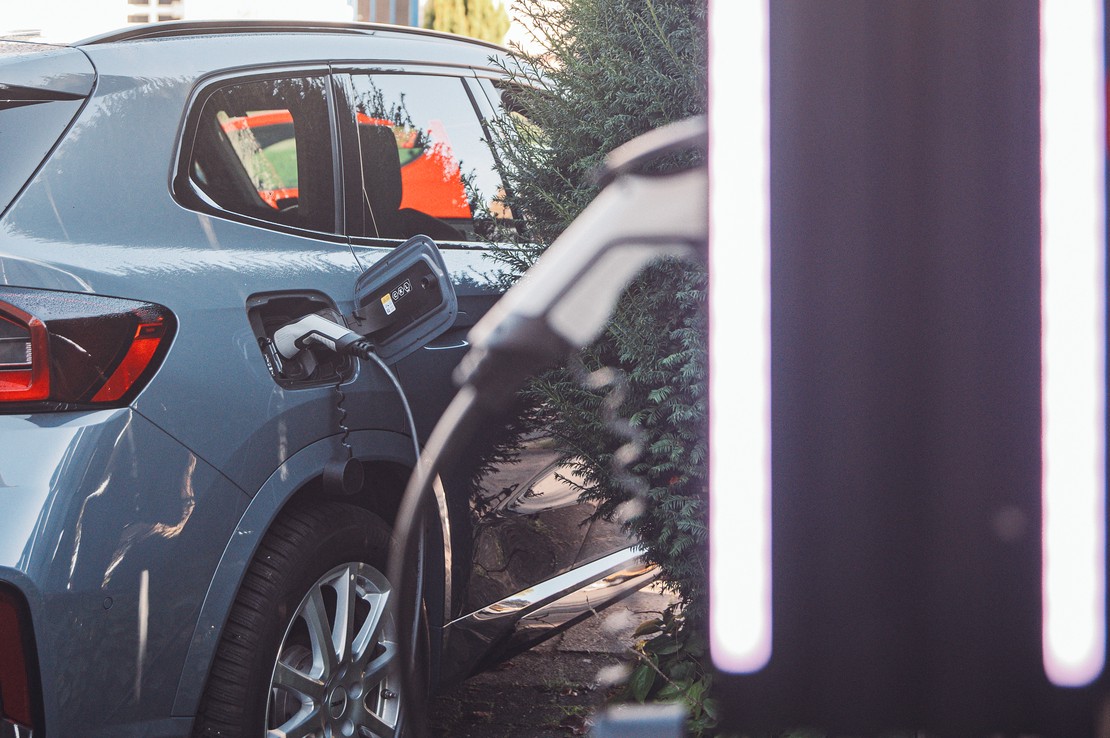
Costs: How Much Does the Wallbox Cost?
- 11 kW Wallbox: The purchase costs range between 500 and 1,500 euros.
- 22 kW Wallbox: More expensive to purchase, often between 1,000 and 2,500 euros. There are also higher installation costs, as adjustments to the electrical system may be necessary.
Battery Life: What is Gentler on the Battery?
The charging power of a Wallbox can affect the lifespan of your electric car’s battery. Here are two important points:
- Thermal Load: A 22 kW Wallbox charges the battery faster, which can lead to higher thermal load. This increased heat development can affect the battery’s lifespan in the long term. An 11 kW Wallbox charges more slowly and generates less heat, which is gentler on the battery.
- Charging Cycles: Frequent fast charging with high power can reduce the number of charging cycles a battery can go through. Therefore, it is often better to charge the battery with lower power if time allows.
If you want to maximize your battery’s lifespan, an 11 kW Wallbox is the better choice. It charges more slowly and generates less heat, which is gentler on the battery.
Comparison: 11 kW and 22 kW Wallboxes
| Criterion | 11 kW Wallbox | 22 kW Wallbox |
|---|---|---|
| Charging Time | 4 to 6 hours | 2 to 3 hours |
| Application | Ideal for overnight charging | For commercial applications or short charging times |
| Compatibility | Compatible with most electric cars | Only a few models support 22 kW |
| Maximum Charging Power of the Vehicle | Many vehicles support 11 kW | Few vehicles support 22 kW |
| Charging Cable | Standard charging cable sufficient | Special charging cable required |
| House Connection | No major adjustments necessary | Higher connection power required, approval necessary |
| Bureaucratic Effort | Registration with the network operator | Approval from the network operator required |
| Costs (Purchase) | 500 to 1,500 euros | 1,000 to 2,500 euros + installation costs |
| Battery Life | Gentler on the battery | Higher thermal load, can affect lifespan |
Conclusion: Which Wallbox is the Best Choice?
For most households, an 11 kW Wallbox is the better choice. It is cheaper, easier to install, and sufficient for daily needs. A 22 kW Wallbox is only worthwhile in special cases if you have a vehicle with a very large battery and charging time is crucial.
